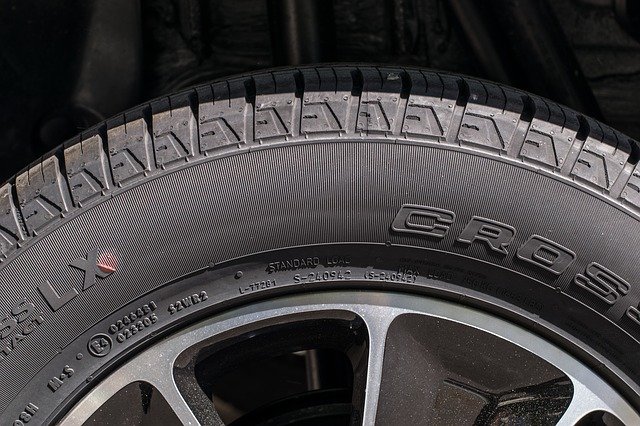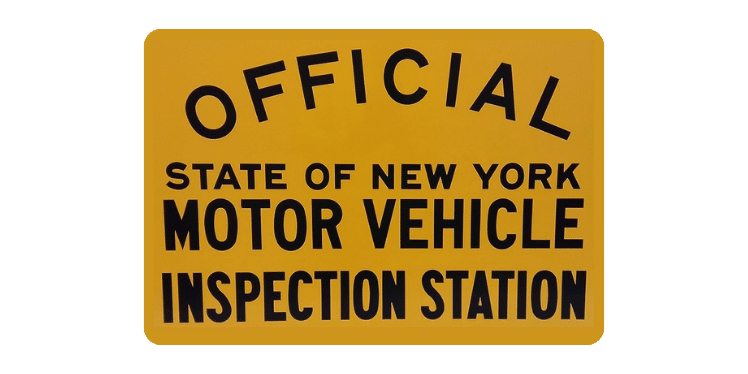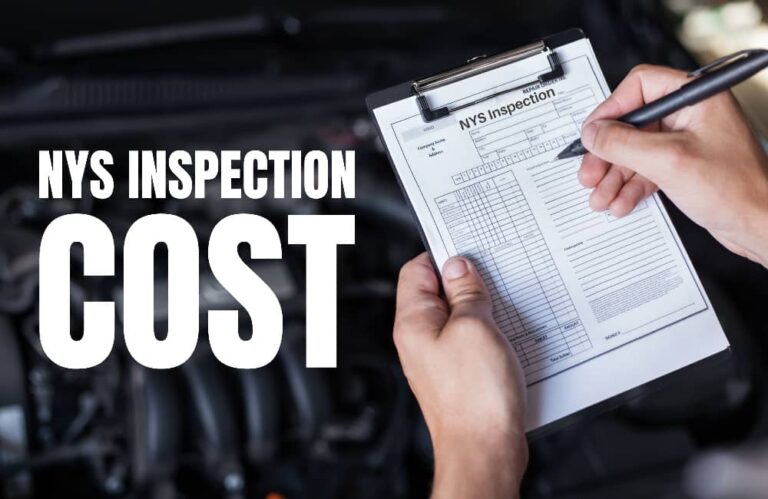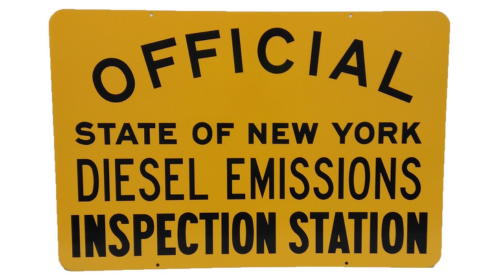Got Questions about Tires?
Your tires do a lot more than screech when you zoom off. They make your vehicle an actual automobile. They bear a lot of wear and tear.
We get lots of tire questions from car owners. We’ve answered some of the most common ones here.
How to read the tire size?
The size of a tire will usually be gotten from the numbers on the sidewall. You’ve probably seen a string of rather confusing numbers there. It goes beyond ‘size’ to include:
Type
The first letter seen. This tells the type of tire it is. P stands for Passenger tires. LT means Light trucks. No number? You probably have a euro-metric type.
Tire Width
This measures the distance from one sidewall to the other sidewall in millimeters.
Aspect Ratio
This is gotten by dividing the cross-sectional height by the cross-sectional width. It is expressed as a percentage and is directly proportional to the size of the sidewall.
Construction
Basically, how the fibers are arranged. R stands for radially, D for diagonally, and B stands for Belted Bias-ply tire.
Wheel Diameter
The distance from one end of the rim to the other.
Load Index
This is expressed either in kilogram or pounds. It is a measure of the heaviest load a tire can bear on full inflation.
Speed Rating
The highest speed at which a tire can safely operate. Notice the term ‘safely’.
Department of Transportation Symbol
When you see this, you should be assured you’re your tire meets all safety standards.
Tire Identification Number
The TIN literally tracks a tire down to the roots. This can help you identify specific dates and the site of production.
Uniform Tire Quality Grading UTQG: Tire quality is important.
The UTQG determines quality based on how much temperature, traction it can bear, or the level of tread wear.
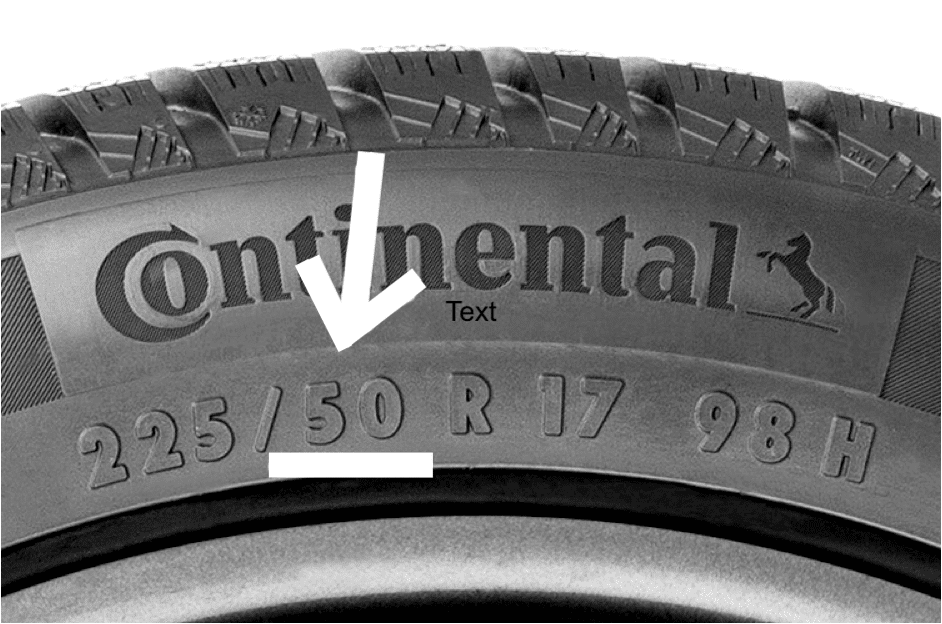
How to check tire pressure?
You should check all four tires. One at a time. It is best to do this when your tires are not hot from the road.
Begin by confirming your tire’s Pound Square Inch (PSI). Open the valve and attach a pressure gauge. Press this down and get the reading.
Compare with the standard and top up with extra air from a compressor if need be.
Your tire should have optimal inflation. Not too much or too little.
How to check tire tread?
A common way is to do this is with a clever penny test. Take a 20-pound penny and insert upside down into the grooves running on your car tire. Do for one groove at a time.
Your tire tread is worn and needs replacement if you can see the top of the head of the figure with every dunk.
You should do this at least monthly. You should be able to pick up loose or about-to-loose threads.
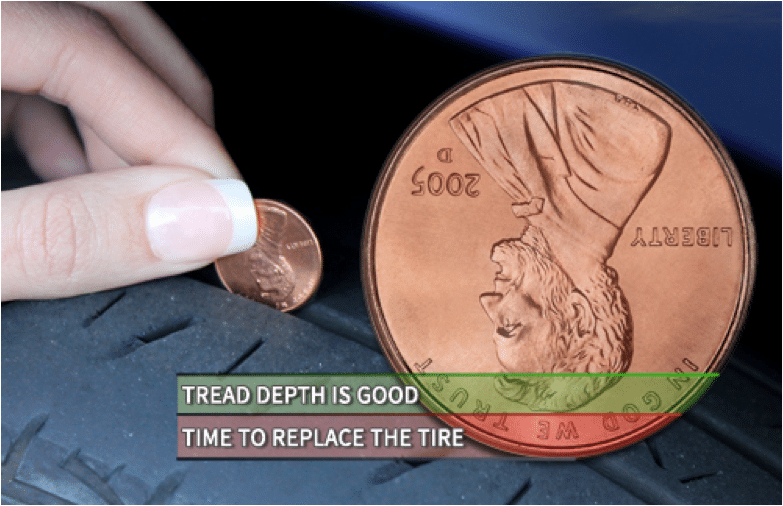
What should my tire pressure be?
It depends. No one size fits all. The manufacturer’s recommended pressure is the best. You can find this in the owner’s manual or pasted somewhere in the trunk.
A common recommendation for cold tire pressure is 32-35 PSI.
If you find that your tire pressure is below the expected, top it up for good performance.
What is a tire speed rating?
This is the maximum speed at which your tire can safely bear weight for a prolonged period of time. Going beyond this speed limit can be particularly dangerous. You can easily find out your tire’s speed rating by looking at the numbers on the sidewall.
This speed rating actually applies to tires that haven’t undergone any previous physical damage.
What is a tire rotation?
Tires get tired. A tire rotation is really like a spa day for your tires. The major benefit of this process is redistribution of wear so it is not localized to an area.
During a rotation, a professional begins with detaching your tires and does a thorough inspection for wear.
Tire pressure is checked and optimized next. Your car would be rotated sideways and back and front before a final fit.
The final position should be the least wear–inducing one. You should do this after a mileage of about 5,000km on average.
Regularly rotated tires have less wear and last much longer. Add this important step to your usual car maintenance routine.
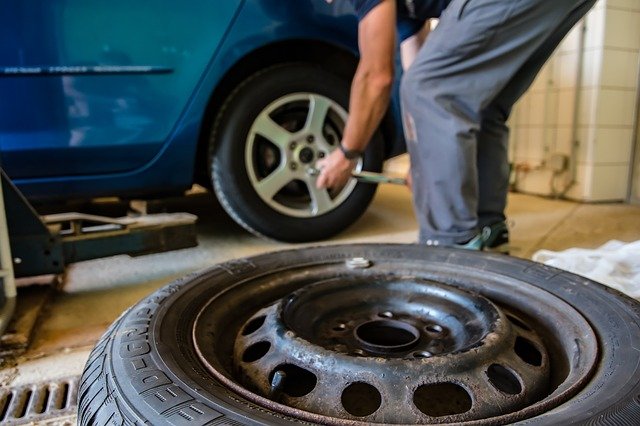
How long can you drive on a spare tire?
It depends on the kind of spare tire. Some people own an extra full tire as a spare. Some car owners make use of the popular donut spares.
Obviously, donut tires are not designed for long-distance trips. As a general rule, you should not exceed 50-70 miles with a donut spare. Actually, it goes beyond the distance. Speed matters too. You should not go beyond 50mph with this kind.
Your vehicle manual should provide valuable information in this regard. If you have a regular tire as a spare, simply drive as you normally would.
CONCLUSION
Now, you are better informed about your tires. It is important to maintain safety precautions, see an auto repairer, and fix issues as soon as they arise.
Contact us
We are your one-stop plug for all your tire needs – rotating, pressure check and changing. We’ll be more than happy to offer all the help you need.
Give us a call today at (631) 753-2211 or visit our website – TLC Auto & Truck Repair Shop.
Call TLC For Immediate Assistance

